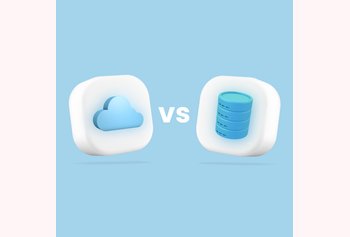
Table of contents
8000+ teams use Hiver to delight their customers!

Become a Tech-Savvy Teacher With Google Classroom

Table of contents
Google Classroom has acquired over 10 million users worldwide in a span of three years— speaks volumes about its usefulness.
Unlike most edtech tools out there, Google Classroom is simple and intuitive. It does not take a lot of time getting used to. There isn’t much to learn. It is designed to neatly fit into your daily workflow.
Hiver allows teachers to keep their Gmail inbox organized and also, collaborate with fellow teachers and school admins easily. Know more.
If your school has implemented or is planning to implement Google Classroom, don’t be apprehensive.
This post will tell you how to make the most of Google Classroom:
1. How to attach files or add links to assignments?
Google Classroom lets teachers attach or link PDFs, Google Drive files, or even YouTube videos while distributing assignments.
Here’s are the steps involved:
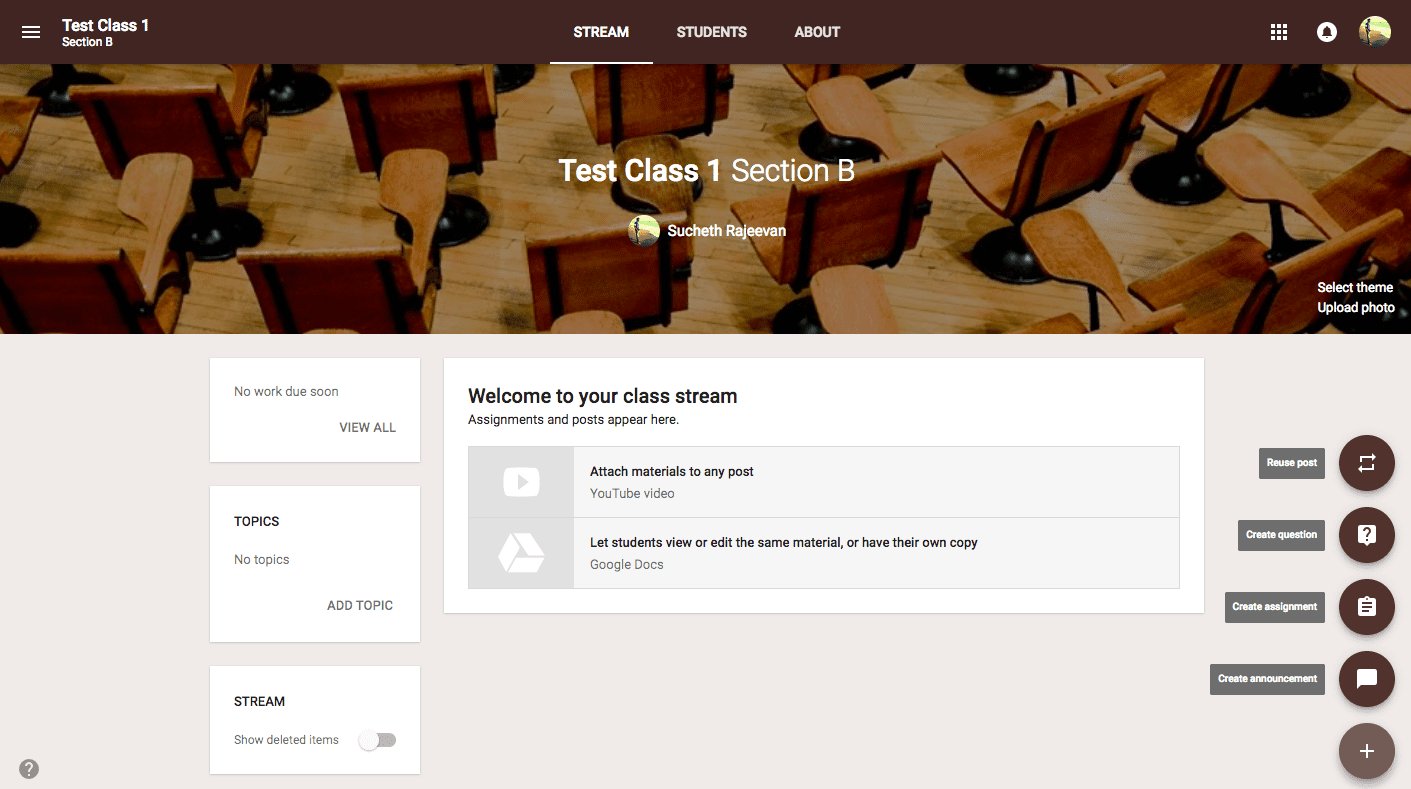
- Select a Classroom
- Click on the (+) button near the bottom-right of your screen
- Select ‘Create assignment’
- Assignment creation pop-up will appear, proceed to enter the title, instructions, topic, and the due date
- Click on the kind of attachment or link you would like to add
- Press ‘Assign’
Educators can also decide how their students interact with these files. These options will be accessible once you upload a file or attach a Google Drive link. A pull down menu willappear next to the file name with the following options:
(a) students can view the file – students can read the file, but not make any changes to it.
(b) students can edit the file – students can make changes to the file.
(c) make a copy for each student – each student will receive an individual, editable copy of the file. These copies will be saved in your Google Drive under the folder ‘Classroom’.
Bonus tip:You can also use it share templates that students need to follow or a list of questions they have to answer.
2. How to share assignments with multiple classes?
Google Classroom allows teachers to post the same assignment to multiple classrooms at once.
Here’s how to do this:
In the assignment creation pop-up, near the top-left corner, there is a pull-down menu that lists all the classes you teach. By default, it shows the class you are in at that moment. Click the downward pointing button next to it and select the classes you want.
3. How to differentiate assignments to specific students?
Google Classroom also lets you assign different assignments to different students.
Here’s how to do this:
In the assignment creation pop-up, there is a pull-down menu which lists the names of all your students from a particular class. By default, ‘All Students’ will be selected. To assign it only to a specific student or a specific group of students, click on downward pointing button, and select the name(s) of the student(s) accordingly.
Remember: You can do the same for announcements and questions.
4. How to use the Google Calendar integration with Google Classroom?
Every time you create or join a class, a new calendar is automatically added to your Google Calendar. In this calendar, you can set up appointments and video conferences, and fix dates for field trips and exams. It also shows whatever assignments or questions that are due. In case you make any changes, it will get automatically updated on your students’ calendars too.
How to open Google Calendar from Google Classroom?
Select a Classroom > Click on the ‘About’ tab > Click on ‘Google Calendar’
You can also share this calendar with the parents and guardians of your students. This way they will be able to make appointments and also, see what is going on in class.
Here are the steps involved:
- Open your Google Calendar
- Hover your cursor over the calendar you want to share from under ‘My Calendars’ (left side pane)
- Click on the three-dot button that appears next to the calendar name
- Click on ‘setting and sharing’
- Check the box that says ‘Make available to public’
- Click on ‘Get Shareable link’
- Copy the link
- Share the link with the parents and guardians over email or through social networks
5. How to archive a classroom?
Generally, when you are done with a class, you wouldn’t want it to appear on your home screen anymore. Of course, you can delete it, but Google Classroom also allows you to archive a class. This way you will be able to reuse those posts again and save time.
Here are the steps involved:
a. To archive a class
- Go to the Google Classroom home screen
- Click on the three-dots button on the tile of the class that you wish to archive
- Select ‘Archive’ from the resulting drop-down menu
- A confirmation pop-up will appear, click ‘Archive’ again
b. To un-archive a class
- From the home screen of Classroom, click the menu button in the top left
- Select ‘Archived Classes’
- Click the three-dots button on the tile of the class you wish to restore
- Select ‘Restore’ from the resulting drop-down menu
- A confirmation pop-up will appear, click ‘Restore’ again
6. How to reuse old posts?
Google Classroom allows teachers to repost an earlier post. This comes in handy if you have repeat exercises.
This is not restricted to a particular class, meaning you can reuse posts from another class. You can even reuse posts from archived classrooms.
Here are the steps involved:
- Select a Classroom
- Click on the (+) button near the bottom-right your screen
- Select ‘Reuse post’
- The resulting pop-up will show a list of all your classes including the archived ones, select the class you want
- All the post you assigned to that class will be displayed (chronologically sorted),select the one you want to repost
- If the post has attachments, make sure to check the box below that says ‘Create new copies of all attachments’
- Click ‘Reuse’
- An assignment creation pop-up will appear, make any changes if you want, and then, press ‘Assign’
7. How to schedule posts?
Google Classroom also lets educators schedule posts in advance.
Here are the steps involved:
- Create your assignment or question
- In the bottom right, click the drop-down arrow and choose, ‘Schedule’
- Select the date and time
- Click ‘Schedule’
Remember: There is no option to schedule the same post for multiple classes. You would have to do it individually.
8. How to create self-grading quizzes with Google Forms?
Creating self-grading quizzes with Google Forms is an excellent time-saver. This allows students to see their test results right after they submit the quiz. Teachers can even pre-record feedback for right and wrong answers.
Here are the steps involved:
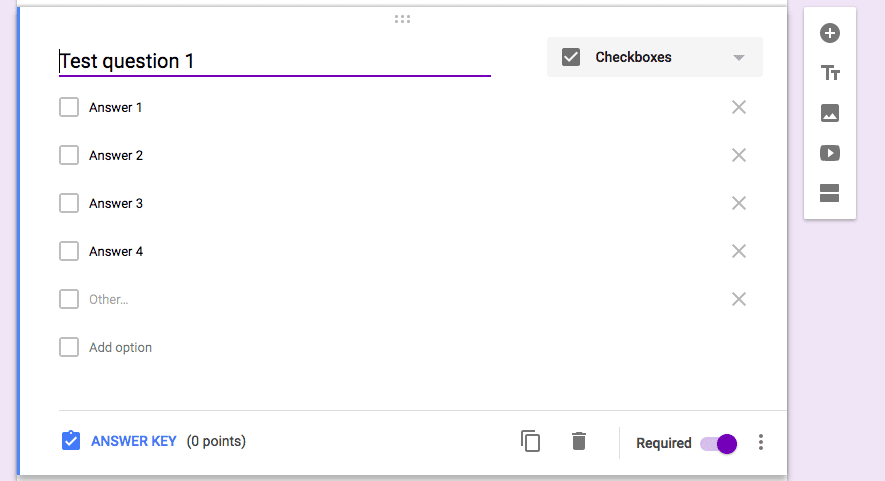
- Visit this page to create a new Google form
- Open the Settings menu (gear icon),select ‘Quizzes’ tab, and toggle ‘Make this a quiz’
- Customize the options that appear below, make sure to check ‘Immediately after each submission’ under ‘Release grade’
- Return to the form, enter your questions along with their instructions, attachments, and options
- Add the answer key for each question, the points for each right answer, and your feedback for right and wrong answers
- Review the form by clicking ‘Preview’ (eye button) on the top right – answer all the questions once and check if everything is working as you hoped.
- Go to the ‘Response’ tab, turn on ‘Accepting responses’ and click on the ‘+’ button to create a spreadsheet for collecting the responses
- Return to your Google Classroom, create a new post (question, assignment, or announcement) and add the particular Google Form as an attachment by clicking the Google Drive button
- Students will be able to view the Form as an attachment to the post
9. How to grade assignments on Google Classroom?
Along with distributing assignments, Google Classroom allows students to turn them in and teachers to evaluate them from right inside the platform. This way the entire process can be paperless.
Here are the steps involved:
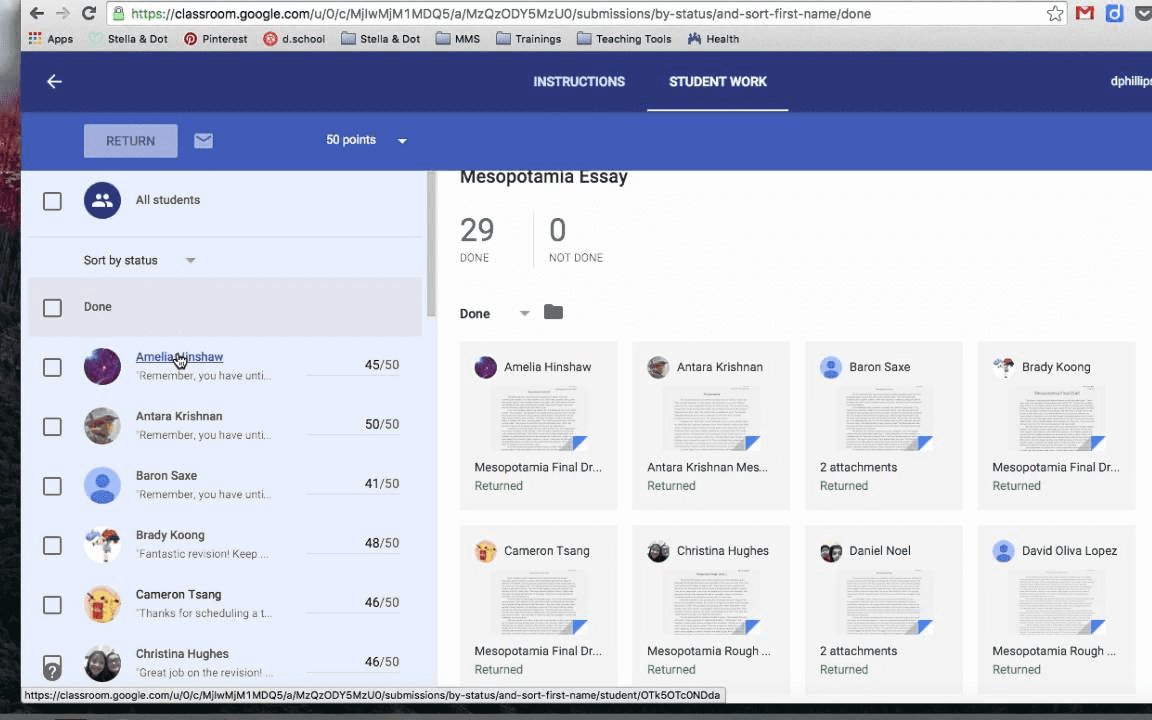
- Select a Classroom, click the ‘Stream’ tab to see all the latest assignments
- Click the number above ‘Done’ to see a list of students who have turned in the assignment
- Click on the name of the student to expand his or her assignment
- Open the attachment to view their assignment
- Review the assignment, add comments if you have to
- Go back to the ‘Student Work’ page
- Set the total points for the assignment, by default, it will be out of 100 points
- Enter the points earned by the student
- Select the student, and click ‘Return’
- A confirmation pop-up will appear where you can add private comments, when finished, click ‘Return Assignment’
Remember: Assignments need to be returned in order for the students to see their grades. They will also receive an email notification when their assignments are returned.
10. How to invite co-teachers?
There may be instances where two or more teachers are collaborating on a particular subject or a topic. Google Classroom makes this process easier by allowing you to invite colleagues to your Classroom.
Here are the steps involved:
- Go to the corresponding Classroom
- Go to the ‘About’ tab, and click on ‘Invite Teachers’
- Type the name or the email of the teacher
- This invitation will appear in the invited teacher’s home screen, they will have to click ‘Accept’
Remember: co-teachers will also get full admin privileges.
11. How to keep guardians in the loop on Google Classroom?
In Google Classroom, teachers have the provision to keep guardians in the loop with automated email summaries of their ward’s progress in the classroom. It consists of details such as missing work, upcoming work, and class activity.
By default, email summaries feature will be turned off. Here’s how you can turn this on:
- Select a class
- Click ‘Students’ tab
- Toggle ‘Include this class in guardian email summary’
After turning it on, you will have to invite the guardians. In the ‘students’ tab itself, beside the names of your students, you will see an option to ‘Invite Guardians’, enter the email addresses of the guardians, and press invite.
Remember: if you are not able to invite guardians, contact your school admin to get the access.
12. How to communicate with students over class comments and private comments?
There are two ways you can communicate with students right inside your Google Classroom – class comments and private comments. Let’s explore:
Class comments: These comments are like your Facebook post comments. They appear in the ‘Stream’ tab and will be visible the entire class. By default, both students and teachers can add and reply to comments.
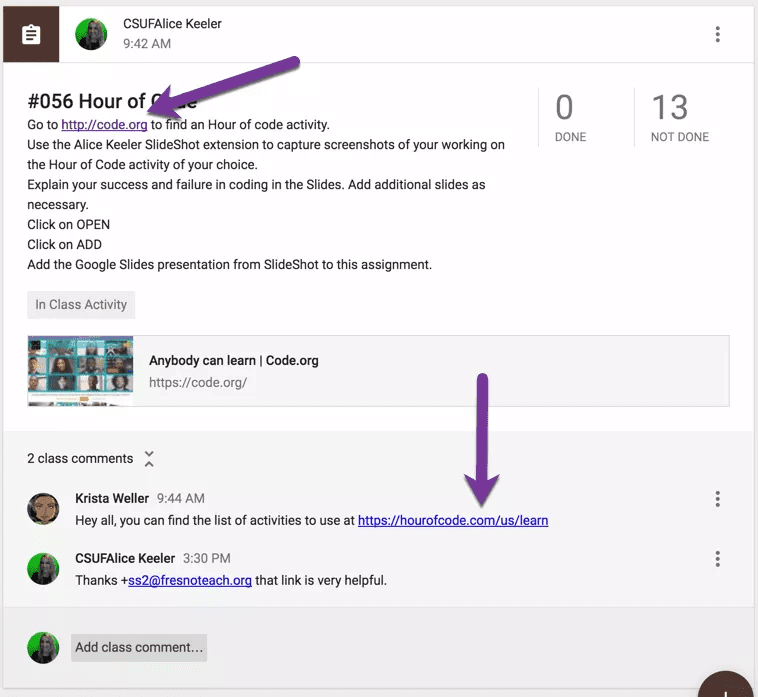
For example, if a student has a question about an assignment, they can make comment below it, and you can reply to it. Even other students will find it useful as these comments will be visible to the entire class.
Teachers can also alter the permission level. There are three options to choose from: students can post and comment, students can only comment, and only teacher can post and comment. To tweak this, go to the ‘Students’ tab, there is a drop-down menu (below the ‘class code’) with all the three choices.
Private comments: This is for one-to-one conversations between a student and a teacher. It won’t be visible to other students, neither will it appear in the ‘Stream’ tab.
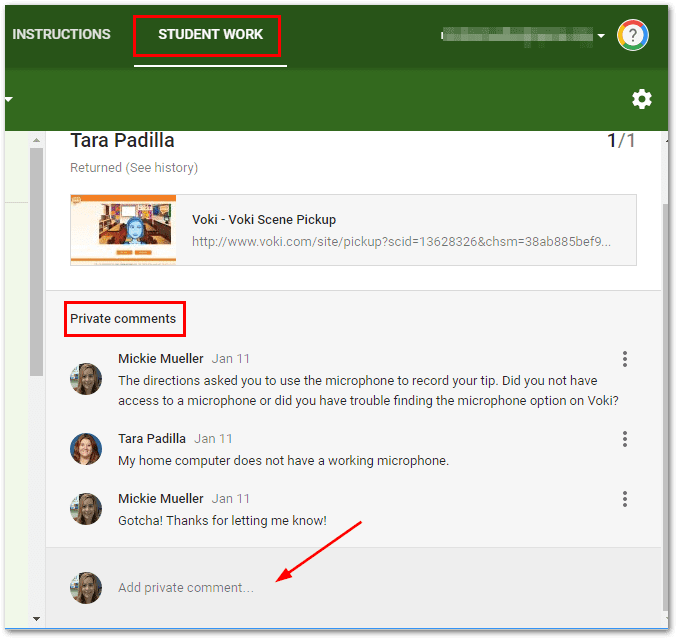
Students have the option to add private comments in their assignment turn-in pop-up. Teachers can view and reply to these comments from the ‘Grading’ screen.
13. How to send emails to students right from Google Classroom?
Besides Private Comments, Google Classroom also allows teachers to communicate with students via email.
Here are the steps involved:
- Select a classroom
- Click ‘Student’s tab
- Select the student(s) you want to send an email
- Click ‘Actions’, select email
- A Gmail pop-up will appear, enter your message and click ‘Send’
Remember: You need to have Gmail turned on for this feature to work. Contact your school admin if you haven’t.
Wrapping up
Let’s face it, change is not easy. We resist change all the time, even when we know it is good for us. Why? Mostly because of the initial effort we need to put in to learn and adjust to things.
As you can see, this is not the case with Google Classroom. It makes the transition so easy that you only need common-sense and some basic technical knowledge. Within no time you will be able to streamline your basic Classroom operations and tasks, and spend more time teaching.
Loved this article? Here are three useful posts on other G Suite products

















